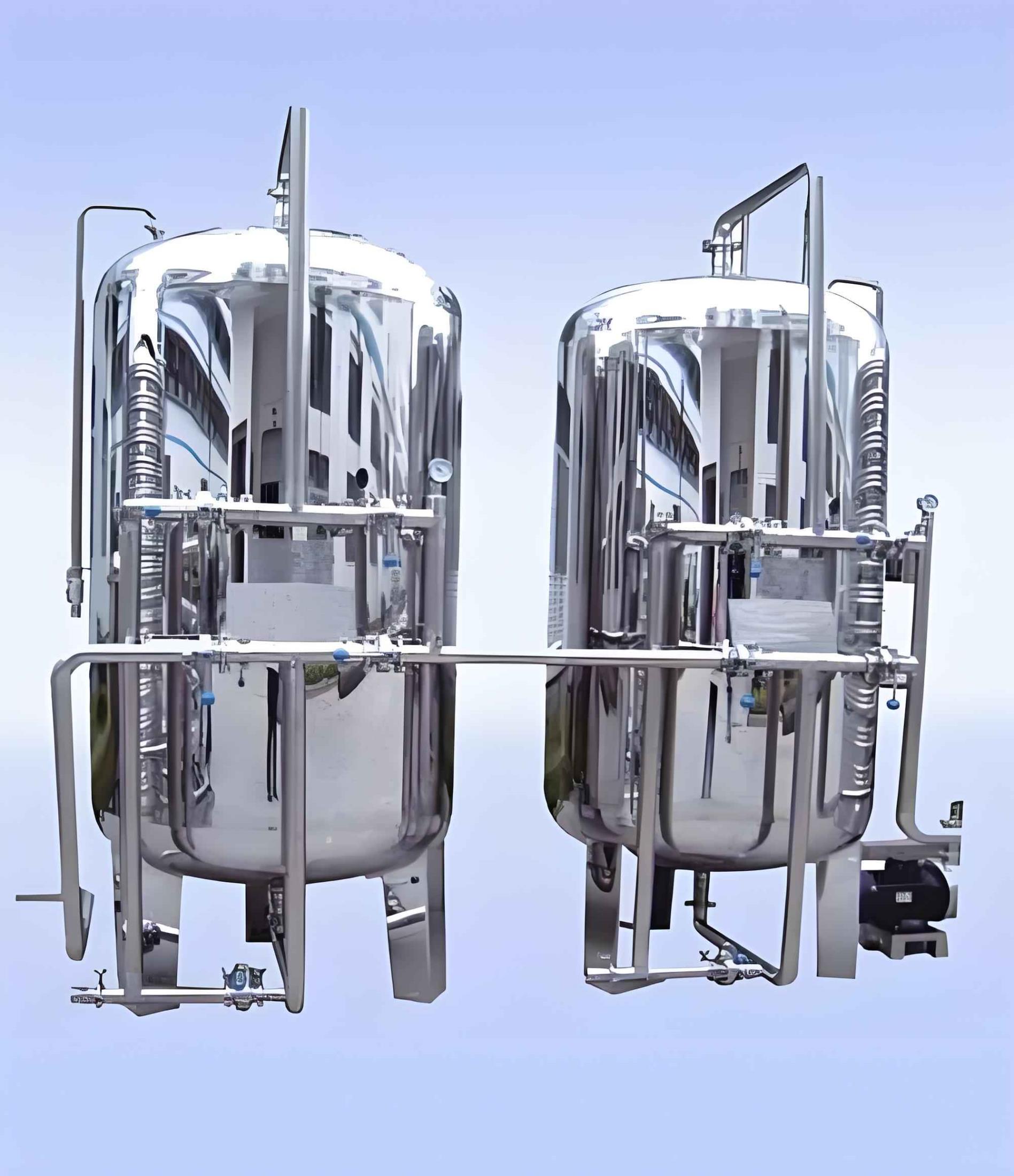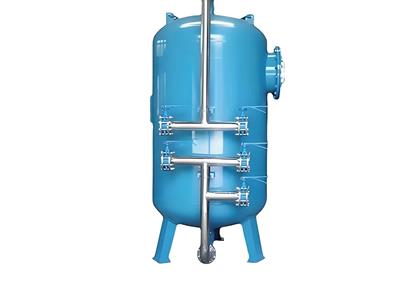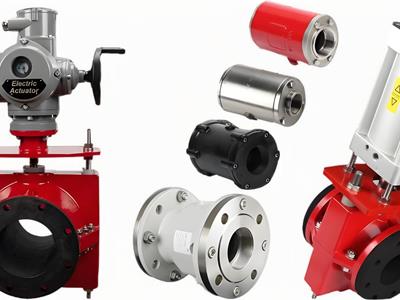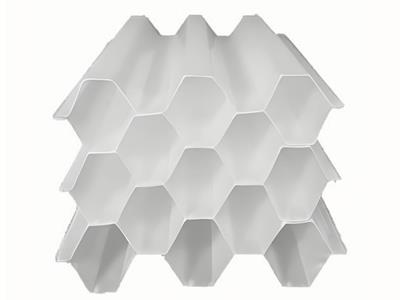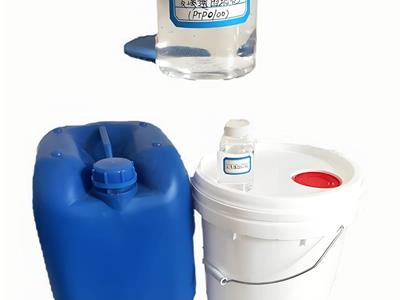- 2025-07-22
Industrial activated carbon water filter
Industrial Activated Carbon Water Filter
Industrial activated carbon water filtration (ACF) is a process for removing chlorine, odor, taste and color from water through an activated carbon media bed. The media is made of high-density particles made of selected bituminous coal or coconut shells, and common specifications include 12×40 mesh or 8×30 mesh. The characteristics of the water source directly affect the selection of filtration schemes: for urban tap water or well water with low turbidity, 12×40 mesh activated carbon is recommended; if surface water such as river water and lake water with high turbidity is treated, 8×30 mesh media is more suitable.
System composition and configuration
The industrial activated carbon filtration system includes a fiberglass/steel tank, a valve controller (top/side mounted) or a piping system with a PLC/digital classifier, and activated carbon and supporting layer gravel media. The system supports single tank independent operation or multi-tank parallel/series mode, and the flow rate and media capacity can be customized. Small units are often equipped with Fleck® or Clack® valve controllers; medium-sized systems use pneumatic/electric diaphragm valves controlled by digital classifiers; large units are equipped with electric butterfly valves controlled by PLCs (such as Siemens® or Allen-Bradley®).
Key operating parameters
The design service flow is 5 GPM/ft² (for conventional chlorine and odor loads), and the backwash flow rate must reach 10-12 GPM/ft² to maintain optimal operation and extend the life of the filter media. The activated carbon filling depth must reserve 50% expansion space, and the filter layer expansion rate should be controlled at 30%-40% during backwashing. When the pollutant adsorption capacity is completely exhausted, the activated carbon media needs to be replaced.
Reverse Osmosis Pretreatment Application
The activated carbon filter is the core pretreatment unit of the reverse osmosis system, which can effectively remove chlorine from the influent water. Chlorine will attack the thin film composite membrane (TFC membrane), causing the membrane pores to expand and the salt permeability to increase, ultimately causing the water quality of the produced water to deteriorate.
Functional characteristics
The ACF system can be used directly for dechlorination and deodorization of drinking water, or as a pretreatment unit for reverse osmosis and other equipment. It is widely used in water quality improvement and transformation of industrial plants, municipal water plants and commercial places, and is also suitable for wastewater treatment to reduce total organic compounds (TOC).
Activated carbon type selection
Bituminous coal-based and coconut shell-based activated carbons have their own advantages:
Bituminous coal-based: suitable for removal of high TOC surface water, colored wastewater and large molecular organic matter
Coconut shell-based: With higher specific surface area, it specializes in adsorption of trace organic matter; at the same time, it has higher mechanical strength, wear resistance and lower ash content

